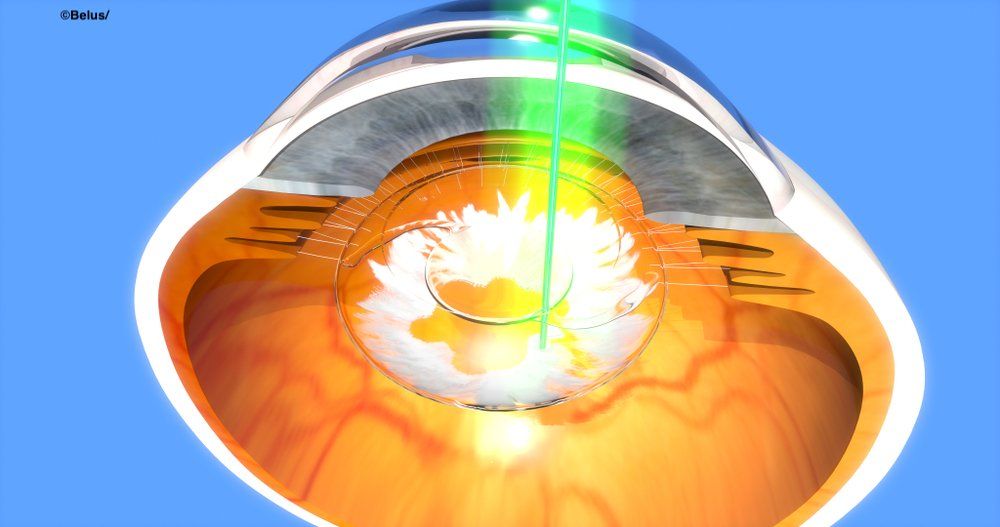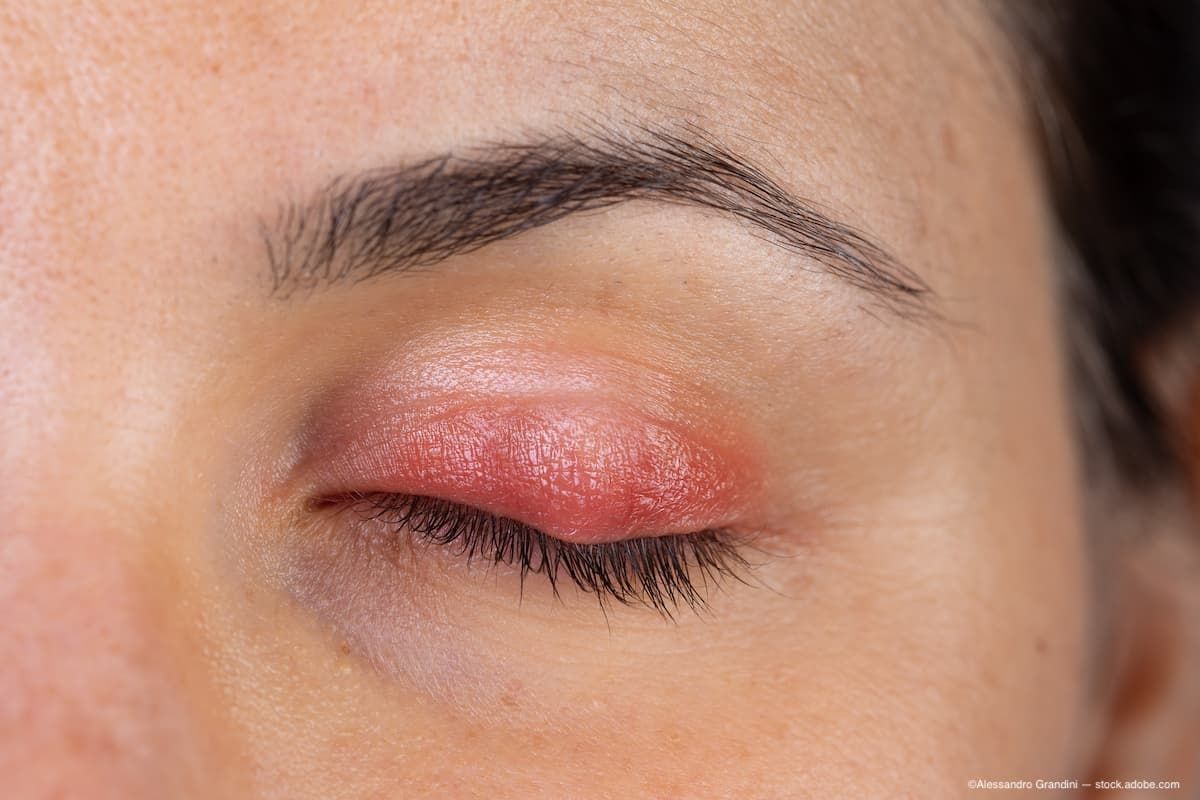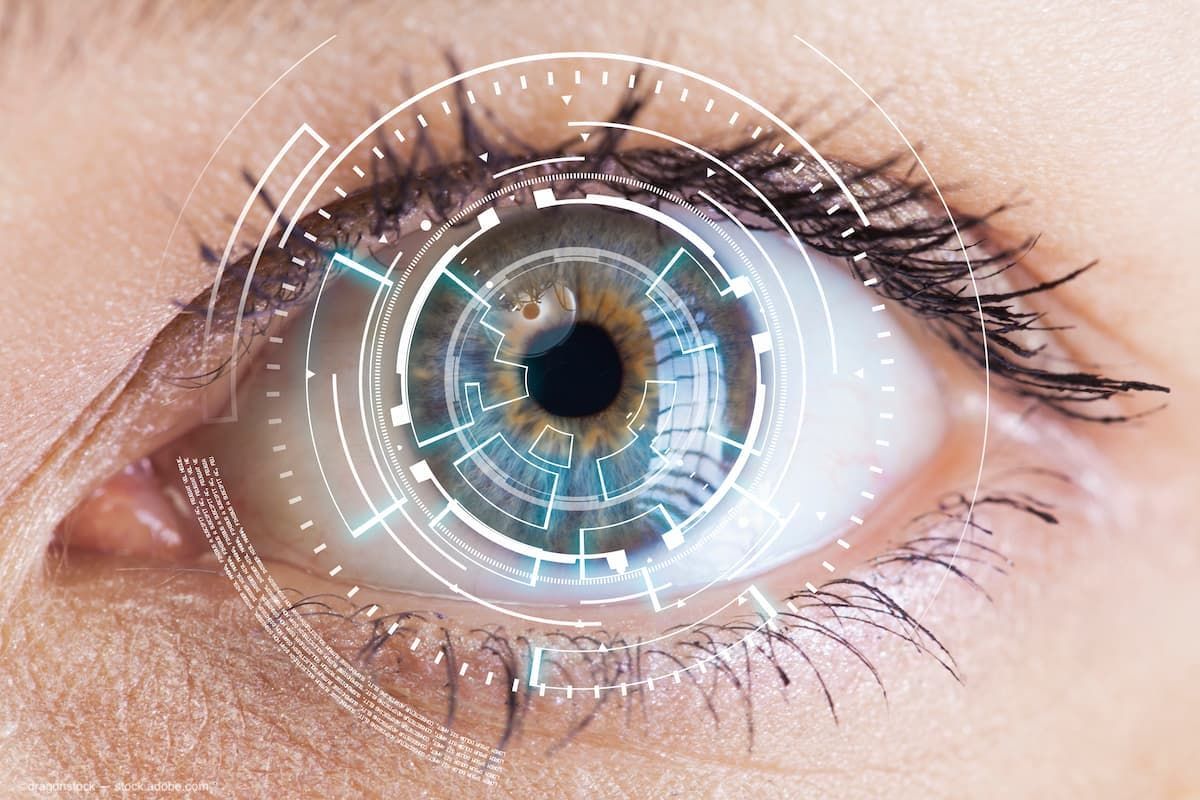Article
Advances in floater treatment
Author(s):
Now we can illuminate and clearly visualize floaters, putting effective laser treatment well within our reach, says Christopher F. Wood, MD

Editor’s Note: Welcome to “Let's Chat,” a blog series featuring contributions from members of the ophthalmic community. These blogs are an opportunity for ophthalmic bloggers to engage with readers with about a topic that is top of mind, whether it is practice management, experiences with patients, the industry, medicine in general, or healthcare reform. The views expressed in these blogs are those of their respective contributors and do not represent the views of Ophthalmology Times or UBM Medica.
Listen to the podcast of this discussion here
When patients have symptomatic vitreous floaters, the floater’s size and anatomical location can make it quite visible. In some cases, people adapt, but in other cases, the dark shadows are a constant frustration. Until recently, we didn’t have any options for these patients aside from vitrectomy, so we told them they’d need to get used to it. Now, surgeons have begun developing methods for YAG floater laser treatment.
I became interested in the idea of treating floaters with a laser in 2006 and began performing the procedure about 10 years ago. My experience has only been positive, and it has gotten better over time as I learned to choose the best candidates (patients with smaller vitreous floaters and a Weiss ring) and make sure patients understand that results take a few weeks. Newer YAG laser technologies have made the procedure much easier as well. In fact, after spending years encouraging and helping train colleagues to treat floaters, I’m confident that the technologies available today will allow us to safely popularize the procedure and expand access to many more patients.
Enhanced floater illumination
To see floaters in the eye, we require coaxial illumination, which is now available in bright, clear LED. Traditional YAG lasers have off-axis lighting that’s about 15 degrees off center, which is perfect for many of the laser’s uses in the anterior segment. Newer lasers also feature on-axis illumination, giving us a better look at floaters in the posterior segment.
To illuminate floaters, I have utilized the Ellex Ultra Q Reflex laser and used the Lumenis Smart Selecta Duet with on- and off-axis illumination in studies. The systems split the coaxial light in two different ways, with Lumemis using a prism to direct the light on the same axis as the laser and Ellex using a Reflex illumination mirror. Both devices are YAG plasma shockwave lasers – new-technology lasers that offer much tighter, more accurate profiles than we had in the past, making it safer to treat floaters.
With older lasers, it was more common to see complications where the burst profile could cause damage to other structures in the eye, but the technologies available today make it much safer and easier to line up and fire at floaters and get complete treatment the first time. I used to do three or four laser floater treatment sessions per eye, but now I usually do just one or two.
Learning the procedure
For surgeons who are open to learning laser floater treatment, the procedure is a natural addition to LASIK, cataract, and premium cataract surgeries. Vitreous floaters will detract from the visual results, so it makes sense for us to treat them, and the procedure is covered by insurance.
Laser floater treatment is not currently trained in most ophthalmology residencies – a situation I hope will change soon. We’re all very busy, and I don’t think we see any procedure gain widespread use until it’s convenient to learn with supervision, which is essential for this procedure. There are potential complications for the novice, such as hitting the crystalline lens, causing retinal bleeding, or exacerbating macular problems in the eye.
I recommend that surgeons ask their laser representatives to connect them to colleagues who are performing the procedure and might be open to observation. As an introduction, you can also attend sessions at professional meetings. In the future, I think we will see not only residency training in this approach, but also training opportunities through our laser manufacturers.
Disclosures:

Christopher F. Wood, MDDr. Wood is a cataract and laser surgeon at Northwest Eye Physicians in Arlington Heights, IL
Newsletter
Don’t miss out—get Ophthalmology Times updates on the latest clinical advancements and expert interviews, straight to your inbox.





